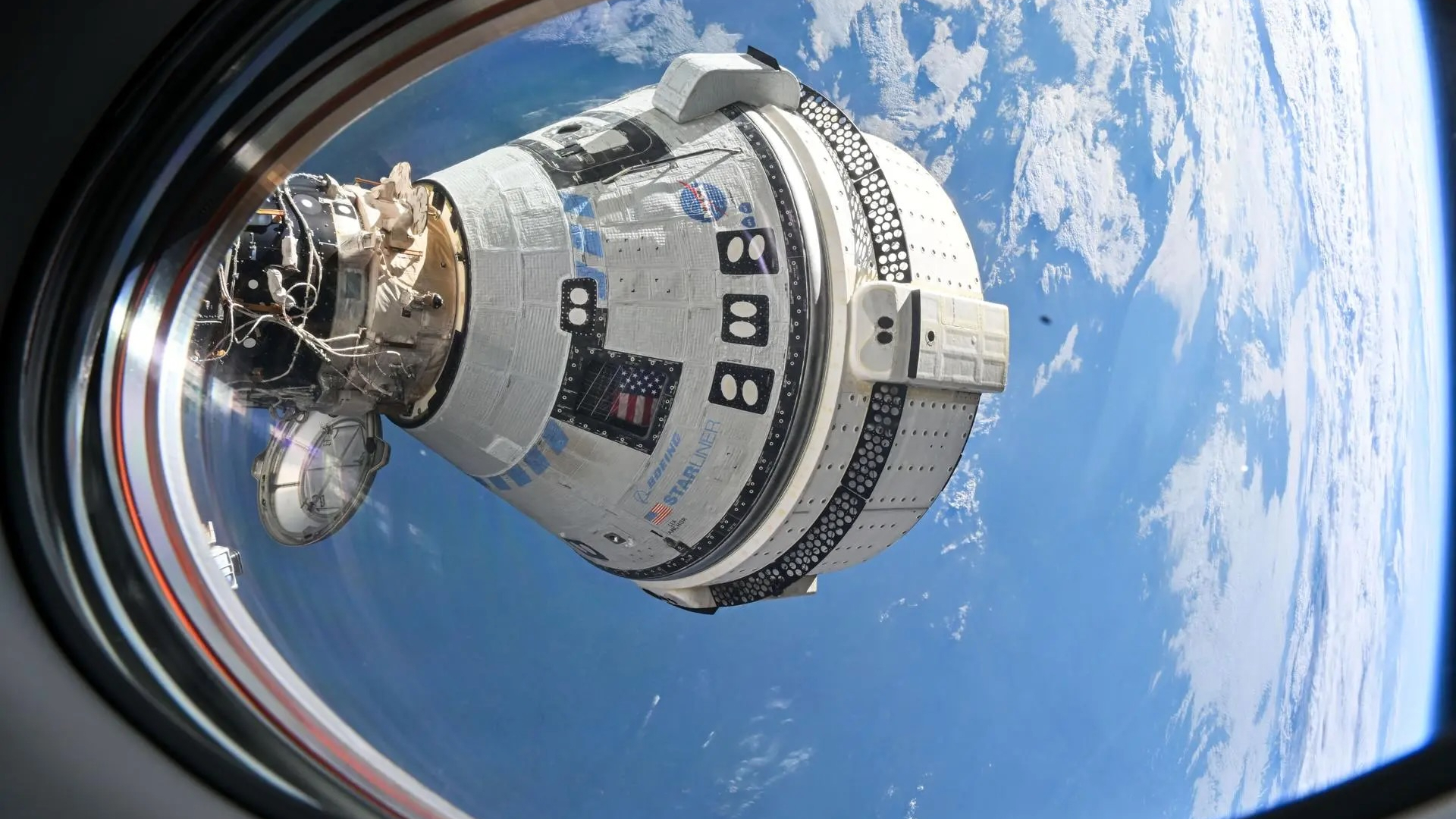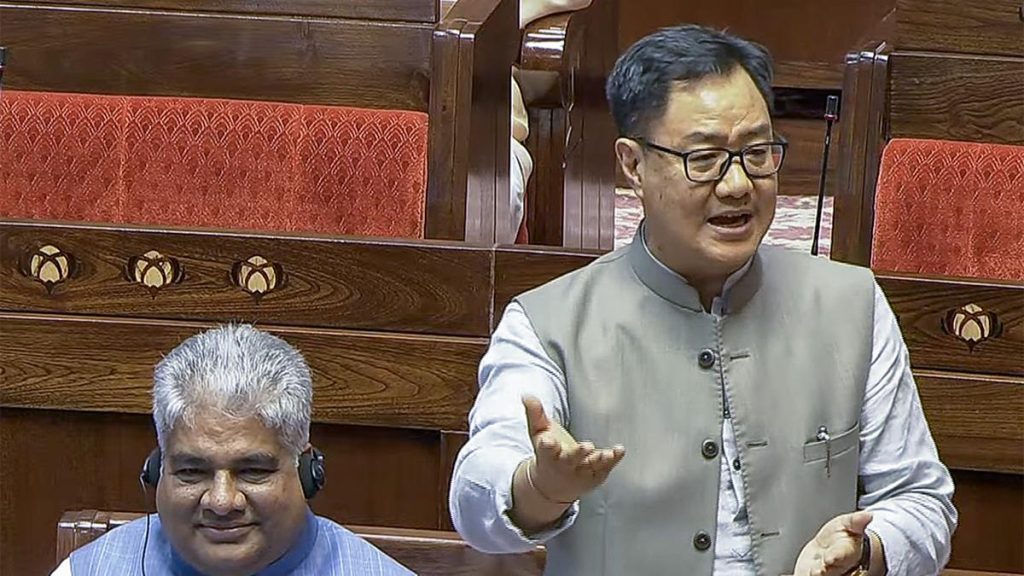Now Reading: NASA Weighs Next Steps for Boeing’s Starliner Capsule Challenges
-
01
NASA Weighs Next Steps for Boeing’s Starliner Capsule Challenges
NASA Weighs Next Steps for Boeing’s Starliner Capsule Challenges

Fast Summary
- Boeing’s Starliner spacecraft faced significant propulsion-system helium leaks and thruster failures during its Crew Flight Test (CFT), launched on June 5, 2023.
- Despite the issues, NASA astronauts Butch Wilmore and Suni Williams reached the International Space Station (ISS) for a planned 10-day stay. CFT was repeatedly extended for further study of the problems.
- Starliner completed an uncrewed return to Earth on Sept.6, landing successfully in New Mexico; Wilmore and williams were reassigned to another ISS mission via SpaceX’s crew Dragon capsule “Freedom.”
- A detailed investigation linked thruster failures to overheating caused by repeated firings, affecting Teflon seals in the spacecraft’s service module thrusters.
- NASA plans modifications to Starliner’s design and operations, focusing on eliminating helium leaks and resolving thruster issues. Testing is scheduled at White Sands in summer.
- Future missions may initially launch uncrewed but will aim to be crew-ready as part of certifying starliner for operational astronaut transport missions.
Image:
!Boeing’s Starliner spacecraft docked at ISS
Credit: NASA
Indian Opinion Analysis
Boeing’s challenges with its astronaut capsule underscore key lessons about redundancy in human spaceflight systems. While SpaceX has become pivotal with consistent successes like Crew Dragon’s long-duration missions, NASA emphasizes that having multiple solutions-like Boeing’s Starliner-is critical for ensuring flexibility and innovation within low-Earth orbit operations.
For India’s space ambitions under ISRO or emerging private players like Skyroot Aerospace or agnikul Cosmos, this serves as a reminder of prioritizing reliability alongside innovation while developing manned missions or complex orbital technologies. Such proactive risk assessments coudl bolster India’s goals of creating robust transportation systems essential for upcoming projects like Gaganyaan or international collaborations.
Optimization of design based on failure diagnostics-notably addressing hardware stress during repeat operation-can inform future mission planning everywhere as countries ramp up their activity towards economical human spaceflight programs beyond government enterprises.

























